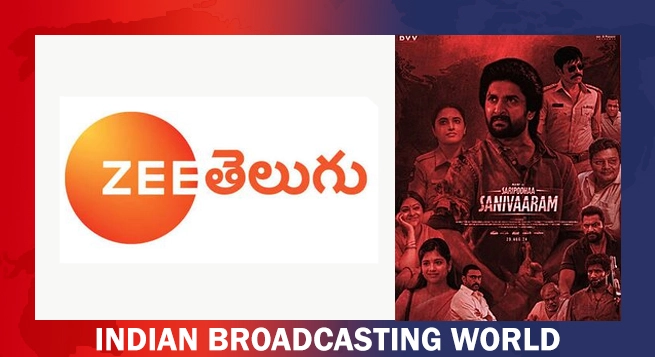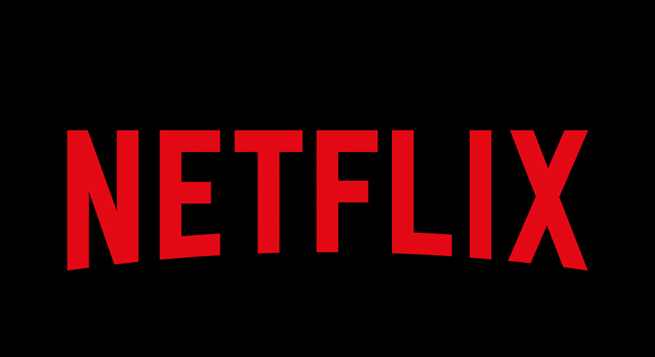The US and Europe are ‘Neflix’d out’ and Netflix needs to turn to ‘emerging’ markets such as India if it wants to stop its falling new subscriber numbers and plummeting share price, according to leading data and analytics company GlobalData.
Netflix is expected to spend an eye-watering $18 billion on content this year, but this will fail to attract new subscribers unless the company recognizes that many of its markets are reaching ‘peak Netflix’, GlobalData said in a statement put out on its website.
It said its analysis highlights that India holds a lot of promise for Netflix, with subscription-video-on-demand (SVoD) penetration in the country expected to increase from 24 percent in 2021 to 42 percent in 2026, and streaming subscriptions forecast to reach 191 million by 2026.
Francesca Gregory, Associate Analyst at GlobalData, commented: “Netflix’s results may have come at a surprise to some, as the platform’s content has been strong. However, being a big spender won’t necessarily grow subscriber numbers in the company’s traditional markets. The US and European markets are completely saturated, with customers having a growing number of competitors to choose from. Therefore, streaming companies’ mantra of ‘content is king’ is no longer guaranteeing ideal subscriptions growth. Netflix will need to refine its emerging economy strategy, which has been seriously lacking.”
Elaborating on her analysis, Gregory said that India “holds one of the greatest opportunities for growth”. While Netflix has been slow to act in India, its competitors have moved early and secured their positions — with a third of Disney+ subscribers emanating from the country, for example, she added.
The reasons that Netflix has struggled to unlock the potential of the Indian SVoD market are twofold: lack of regionalized content and high prices.
Gregory added: “If the company wants to spend big, surely it can spare a portion to grow its local Indian content. As for price, the company may have already slashed prices to accommodate to lower disposable incomes in India, but its initial lack of affordability cost the company its market position. Netflix currently trails well behind competitors in the country, holding just 4 percent market share while Disney+ holds 68 percent.
“Netflix will need to work hard to address these problems going forward. One way is regionalized content initiatives. In the past, the company has been criticized for confusing its cultural references in its original shows. Further blunders like this will stifle any hope of Netflix reversing its weak position in India.”
 TRAI revamps website to connect with wider audience
TRAI revamps website to connect with wider audience  Prime Video to limit in India number of TV sets having access per subscription
Prime Video to limit in India number of TV sets having access per subscription  Delhi HC orders meta to remove deepfake videos of Rajat Sharma
Delhi HC orders meta to remove deepfake videos of Rajat Sharma  Govt. blocked 18 OTT platforms for obscene content in 2024
Govt. blocked 18 OTT platforms for obscene content in 2024  Broadcasting industry resists inclusion under Telecom Act
Broadcasting industry resists inclusion under Telecom Act  ‘Cobra Kai Season 6 Part 3’ set for February 2025 release on Netflix
‘Cobra Kai Season 6 Part 3’ set for February 2025 release on Netflix  Radio City unveils ‘WOKA Santa’ to spread Christmas cheer across 10 cities
Radio City unveils ‘WOKA Santa’ to spread Christmas cheer across 10 cities  ‘Squid Game 2’ comes to Sunburn Goa 2024
‘Squid Game 2’ comes to Sunburn Goa 2024  Zee Telugu to premiere ‘Saripodhaa Sanivaaram’ on Dec 29
Zee Telugu to premiere ‘Saripodhaa Sanivaaram’ on Dec 29  &pictures announces ‘Khichdi 2’ premieres December 29
&pictures announces ‘Khichdi 2’ premieres December 29 








